What was the hair-tossing dance that welcomed Trump to the UAE?
US President Donald Trump wrapped up his Gulf tour in Abu Dhabi, where he was welcomed by President Sheikh Mohamed bin Zayed, children waving UAE and US flags, and girls performing a traditional dance that involves moving their heads from side to side to make their hair “dance”.
As Trump walked, flanked by Emirati officials, people watching from around the globe, especially those unfamiliar with the UAE’s culture and traditions, seemed to fixate on one thing: the girls dressed in white, swinging their heads from side to side.
Some were confused, with one X (formerly Twitter) user questioning the significance of the dance.

Another person found it “disturbing.”

The more culturally insensitive called the dance “shameless” and a return to “paganism” in the comment section of a Dawn video of the welcome.


The main question that arises is this — do people even know what they’re critiquing?
Al Ayyala
What many saw were girls haphazardly shaking their hair. What most don’t know is that this traditional dance is called Al Ayyala. As The National put it, “Anyone who has spent even a short time in the UAE will be familiar with what is popularly known as the ‘hair dance’, or more accurately ‘Al Ayyalah’, which is performed by younger girls at important celebrations and social occasions.”
The dance has its roots deeply embedded in Bedouin (nomadic Arab people) traditions. Its significance is affirmed by its inclusion in UNESCO’s list of Intangible Cultural Heritage of Humanity. It is practiced in north-western Oman and throughout the United Arab Emirates, particularly at weddings and on festive occasions.
Al Ayyalah originated as a battle re-enactment, where two rows of men face each other, carrying thin bamboo sticks to signify spears or swords. Simultaneously, musicians play large and small drums, tambourines and brass cymbals.
“The rows of men move their heads and sticks synchronously with the drum rhythm and chant poetic lyrics, while other performers move around the rows holding swords or guns, which they occasionally hurl to the sky and catch,” UNESCO explained.
“In the United Arab Emirates, girls wearing traditional dresses stand at the front, tossing their long hair from side to side.”
A 400-year-old tradition
The dance symbolises valour, unity, and community spirit. When someone watching it on social media dismisses it as “pagan” or “disturbing” show a lack of understanding of the rich Arab culture, including contexts and values.
Traditions like Al Ayyala preserve traditions through music, poetry, and collective memory. Critiquing them denies people the right to celebrate their heritage, and that too on their own land.
Sure, it’s impossible for everyone to know everything about every culture but ignorance coupled with seeing something unique doesn’t allow you to insult a symbol of someone’s national identity and union.
Those criticising the dance can do a quick search on the very devices they’re using to watch the video of Trump and understand what the dance is and its significance to the people of the UAE.

As an X user highlighted, the dance was “part of over 400 years old culture of the people of Arabian Peninsula, including UAE and Oman. This is nothing wrong with it. We need to view it with respect.”

Another stated that “the hair movement by the women symbolises pride and beauty and is part of a heritage performance that reflects unity and strength. What you saw was not just a show. It was culture.”
Labelling it a return to “paganism” is not only disrespectful but factually incorrect, because, as Visit Abu Dhabi details, the dance exemplifies the ethos and gallantry of Bedouin life and reinforces the values of dignity and honour.
Faith and culture, while often intertwined, are not the same — celebrating heritage does not make one less faithful.
Moreover, there is an unmistakable gender bias in the criticism of the dance. Had it been men performing, reciting poetry or tossing sticks in the air, one can assume that objections wouldn’t have been as loud. But when women take the stage, simply flipping their hair in rhythm, it suddenly becomes controversial, without so much as a rudimentary understanding of cultural context.
Cultural practices should be interpreted within their own context, not judged through distorted, hostile lenses.



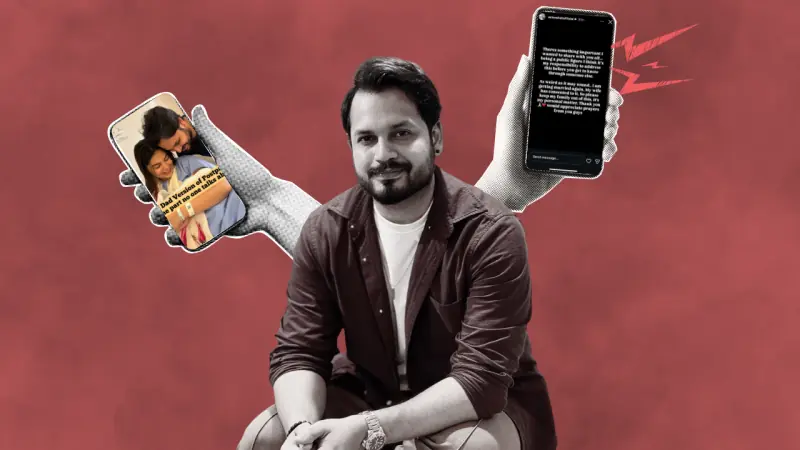

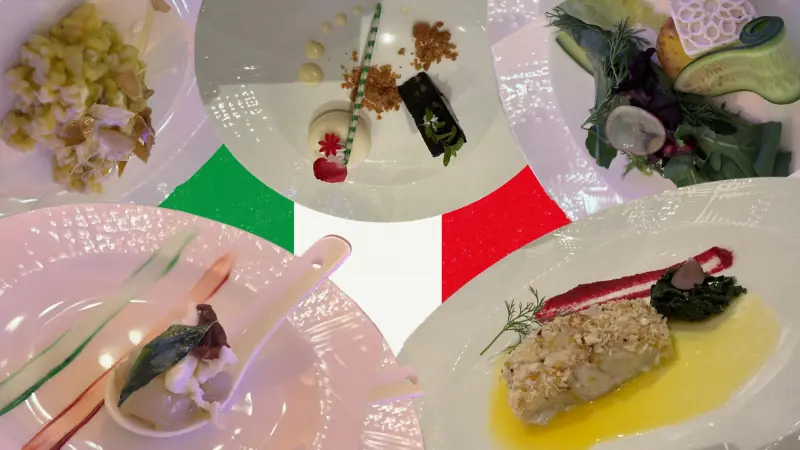
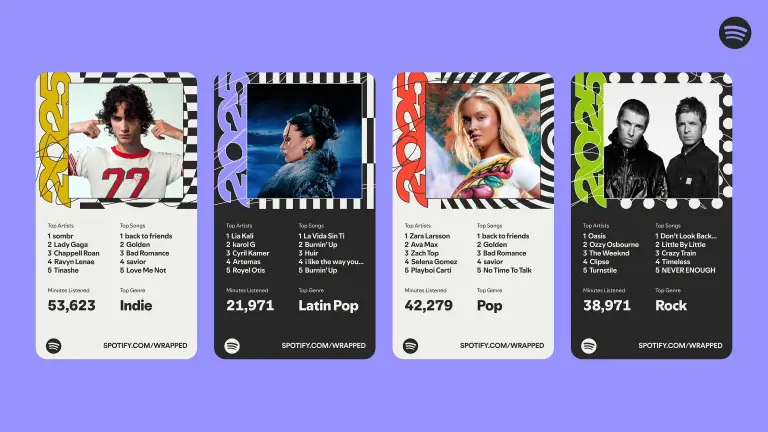


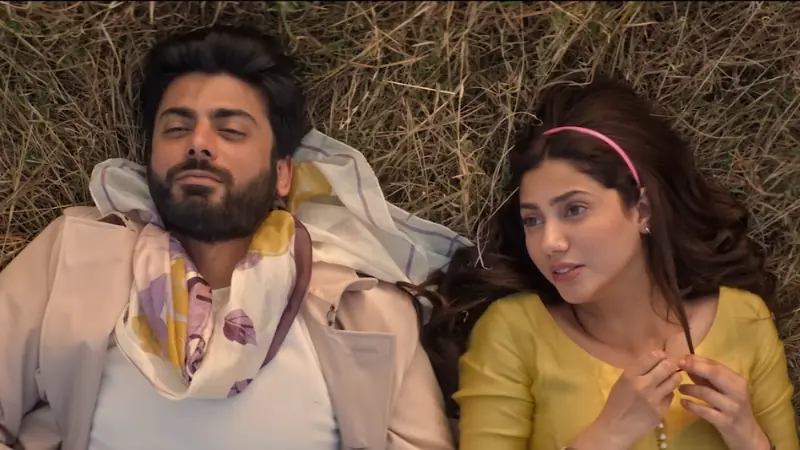
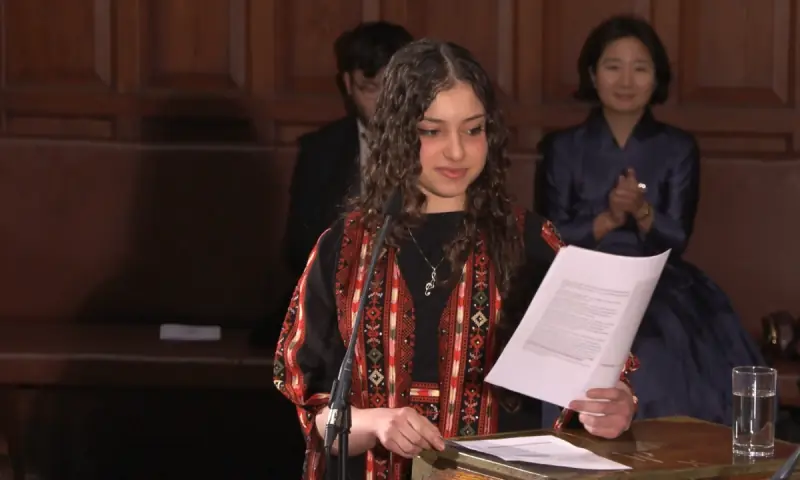
Comments